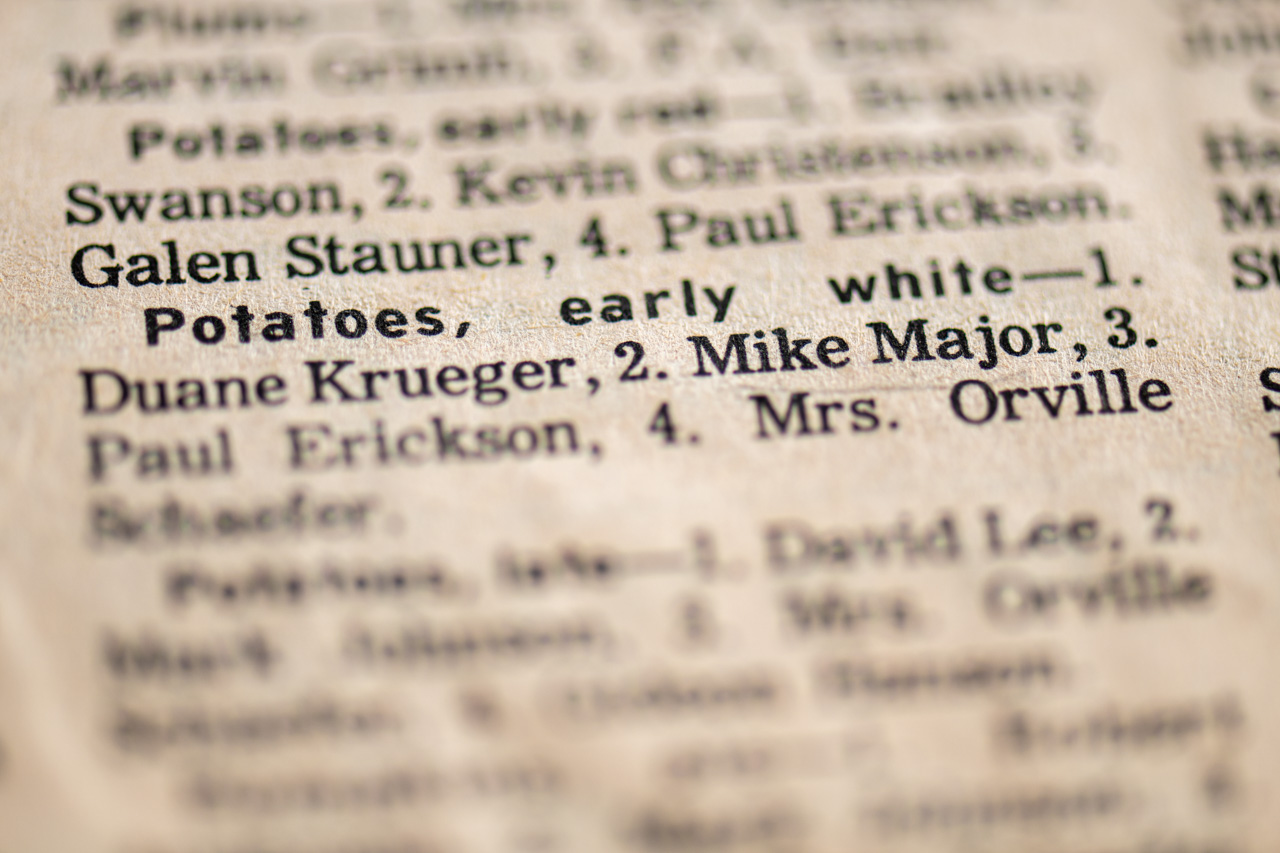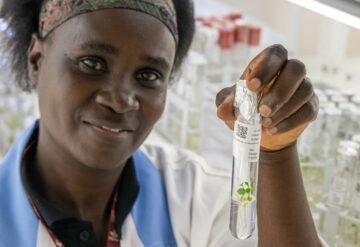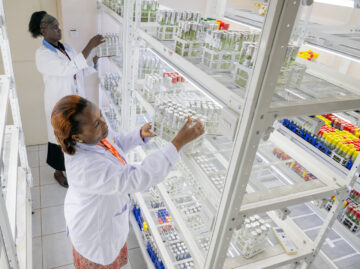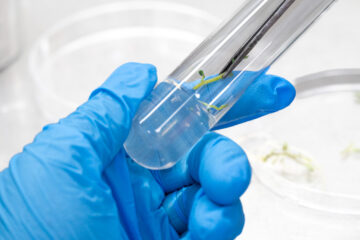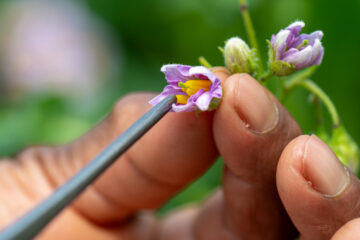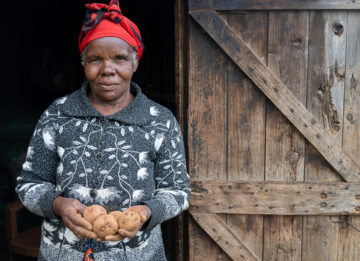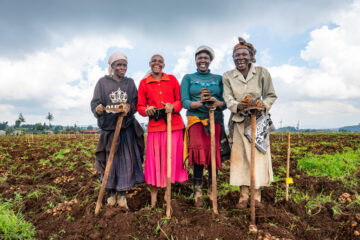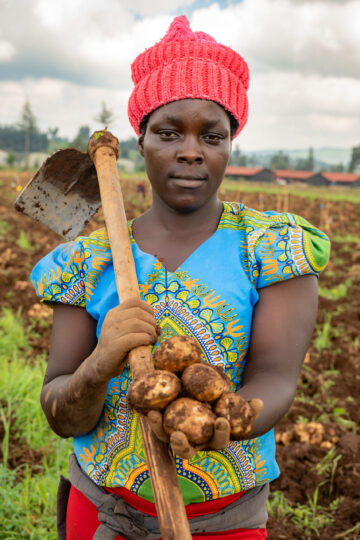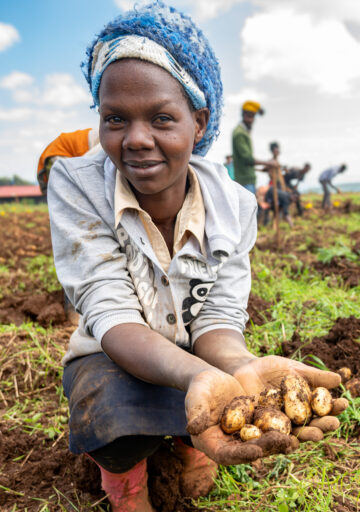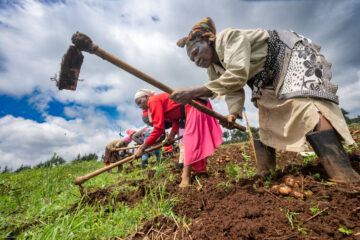I wasn’t keen on gardening as a boy growing up in northern Wisconsin. It was a household chore which I didn’t fancy. But I needed one more merit badge to attain the rank of Eagle Scout. So I claimed a patch in the family garden and took a shot at getting the gardening merit badge.
I bought some seeds … carrots, corn, radishes. But there were no seeds for potatoes. I learned then that you grow potatoes from seed tubers or rather potato pieces. I raided the family storeroom and chopped up last season’s potatoes … one potato eye per piece. I threw two or three pieces in each hole in my little garden patch for good measure.
About 80 days later or so I harvested those spuds. For the merit badge I had to enter them in a competition, so I cleaned them and entered them in the farm produce show of the Amery Fall Festival. I really had no idea what a good potato should look like and didn’t expect much of a result amongst the stiff competition in my farming community.
Much to my disbelief those early white potatoes were awarded second prize in the show, and I took home a prize of 50 cents.
I got the merit badge and became an Eagle Scout … and it seems that little foray in the soils of Wisconsin piqued a lifelong interest in growing things.
A few decades later, I am still learning about potatoes. Last week, I travelled to Kenya to learn about potato growing in East Africa. I met up with potato breeder, Thiago Mendes, who taught me about potatoes as well in the Peruvian Andes five years ago.
Thiago and his colleagues demonstrated how they cross potatoes using traditional breeding methods in order to develop improved varieties. I watched as a technician removed the anthers containing pollen from the flowers of one plant. The pollen was extracted and then she dipped the stigma of the flower of another plant into the pollen to cross pollinate.
All of those crosses then need to be conserved. Generally, that’s done vegetatively, rather than by seeds in order to maintain genetic uniformity and consistency. I watched as a technician carefully took a tiny shoot of the potato plant and inserted it into a medium in a test tube so it would grow. Those test tubes were then placed in an in vitro room where they grew out.
I looked at the genetic diversity of those potatoes in the in vitro room and drooled a bit. If only I had just one of those improved varieties. Surely, I could improve my standing in the produce show and snatch the gold medal this time around.

